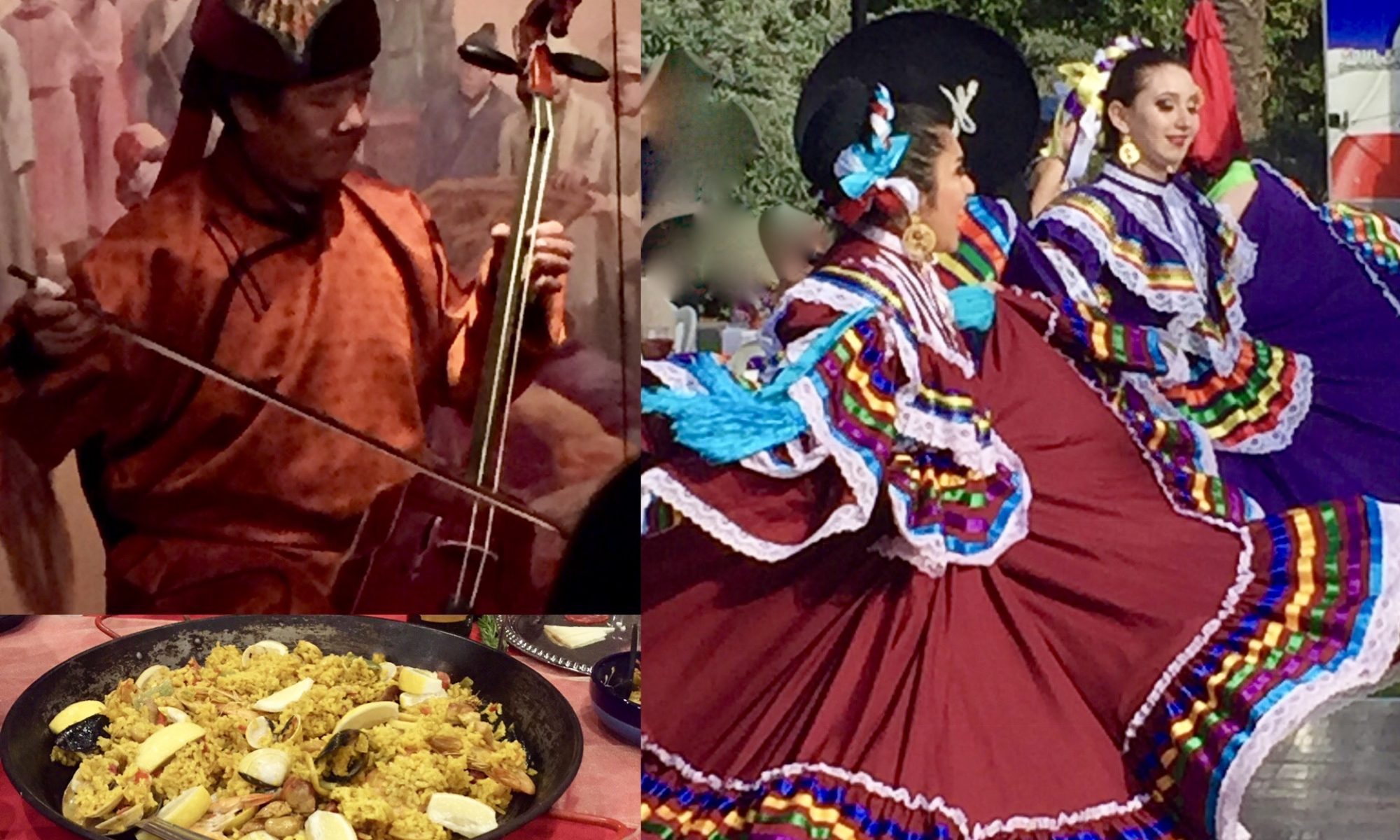There is nothing like bagpipes and drums to suddenly reactivate the DNA hidden deep in our bones. Even if you’re not Scottish, or not sure, the annual Ventura Seaside Highland Games is a great cultural celebration. The pipes and drums, the tartans, the scent of fish and chips, all under swaying palm trees and blue skies at the Ventura seaside. 5 Factoids: 1) Ladies must be mindful to wear your tartan sash pinned to the right shoulder. Only female chiefs, wives of chiefs or wives of Colonels of the Highland Regiment are given the honor of pinning to the left shoulder. 2) Threadcount indicates the number of stripes of the warp and weft in sequence and the number of threads in each stripe. This is the “DNA” of a tartan. 3) Tartans, with their threadcount specified, need to be registered to the Tartan Registry in Scotland to be “official.” 4) Although we associate the tartan with Scotland, earlier examples have been found in western China from 3,000 years ago, in Austria from around 1200 BC, and the oldest Scottish one in Falkirk, Scotland is from 3rd century BC. 5) You don’t have to be from Scotland, or even a terrier to be “Scottish” for the day. Seaside Highland Games, Oct. 12 & 13 in Ventura. https://seaside-games.com/









